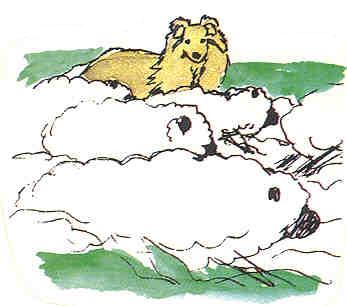What is Culture?
Culture includes the values, attitudes, beliefs, behaviors and customs held by an organization. Its traditions are seldom written and are often followed unconsciously. It starts by idealizing the founder’s successes, is perpetuated through stories, evolves slowly and resists change. Metaphor Mapping addresses the every day aspect of culture that has the greatest effect on organization performance: the attitudes and behaviors of groups, their role in achieving the groups goals and their impact on other groups within the organization.
Culture Change with Metaphor Mapping
Culture is seldom changed through demands and logic. “Burning platforms” can make the need for change obvious but don’t provide a new culture. This is best addressed through symbolic images and the emotion they can generate. Metaphor Mapping’s visual symbolism can be a great aid in changing culture because it provides an emotional vocabulary well suited to the task. Metaphors and symbols can build powerful stories that are understood immediately and unforgettable. When new cultural characteristics are defined by the group themselves, in a highly participative manner, such as a workshop– the ownership will be high and the chances of the new culture “sticking” are high.
A quick example
Suppose somebody told you your group seems to be always jumping around. Your group needs a stronger sense of purpose and invest effort in getting others to do what you need them to do. It might be a pretty tough conversation. Suppose their message were augmented with before and after symbols, like below? Would that make it easier to get your head around what they’re looking for, and keep it in mind?
” Let’s stop acting like grasshoppers– no plan but lots of action…
Let’s start taking care of our assets and act responsibly– like sheepdogs!”
Some tools and an example
Village Mapping contains symbols for values, guidelines, dominant ideas, past successes and failures that lie under an organization’s culture. The Zoo is a visual metaphor language for addressing the attitudes and mindsets of groups.
Follow this link to read a case study about culture change.
Note: Metaphor Mapping comes with some built-in cultural assumptions
While Mapping gives you a free-form tool to define your cultural objectives, its use implies you have value for:
- Inclusion— since you are seeking guidance from the group in your workshop
- Grounded analysis – since you solicit the perspectives of all participants in Village maps, and agree on weaknesses
- Alignment – Since the future vision is the product of ideas generated and refined by the entire group
- Realism – Since River maps include all possible outcomes– Your objective, unintended ones and recognition of obstacles and the help needed to succeed
- Attitudes and mindsets have consequences and are controllable – Since you address them with the Zoo
- Accountability – Since Facecards makes roles and responsibilities unequivocal
- Consensus and commitment – since maps are consolidated with agreement of all


